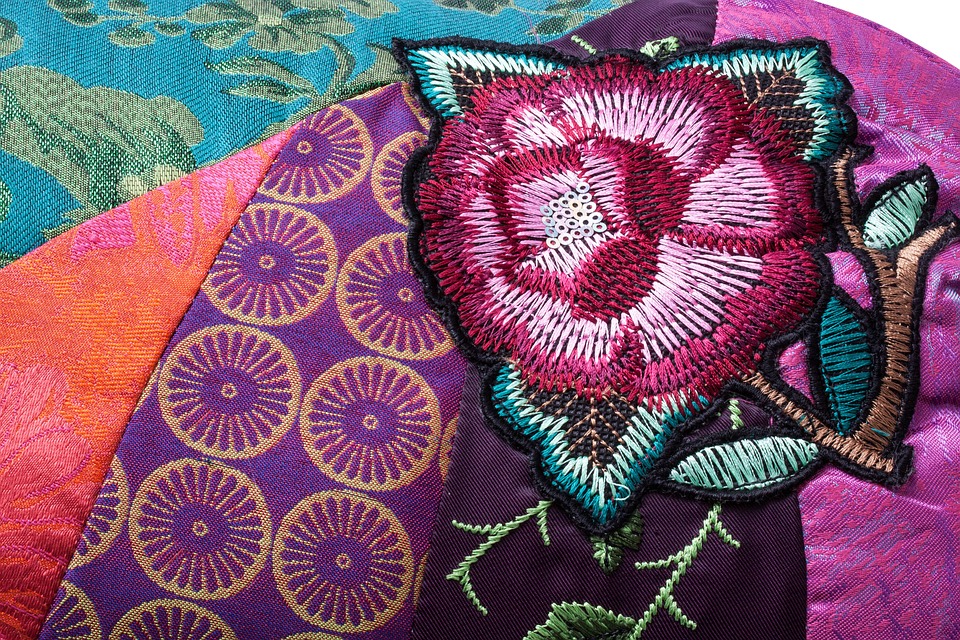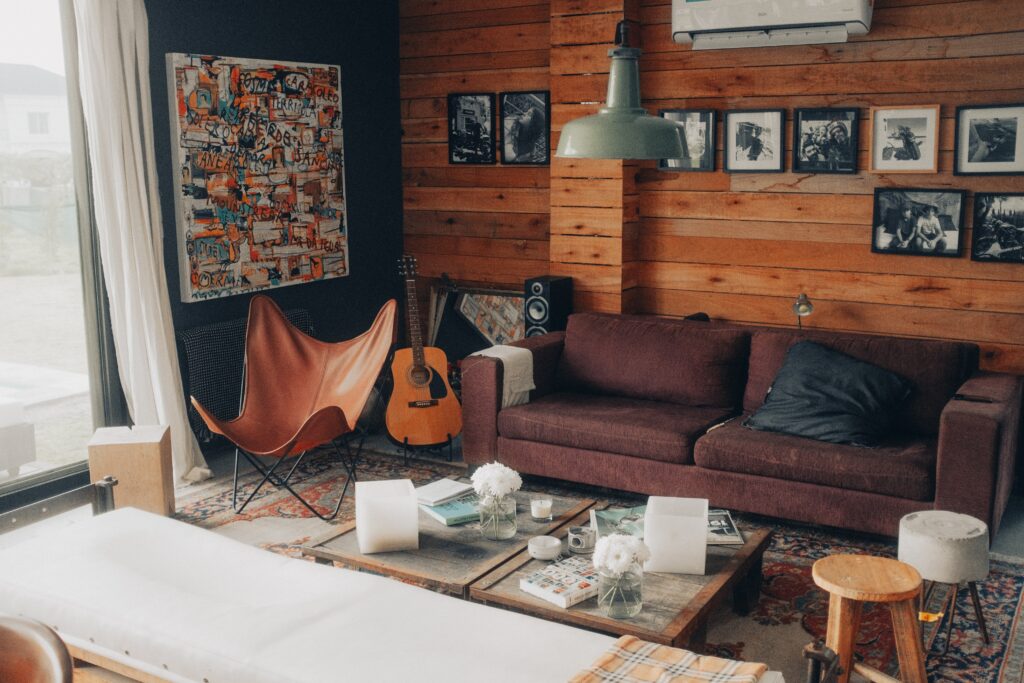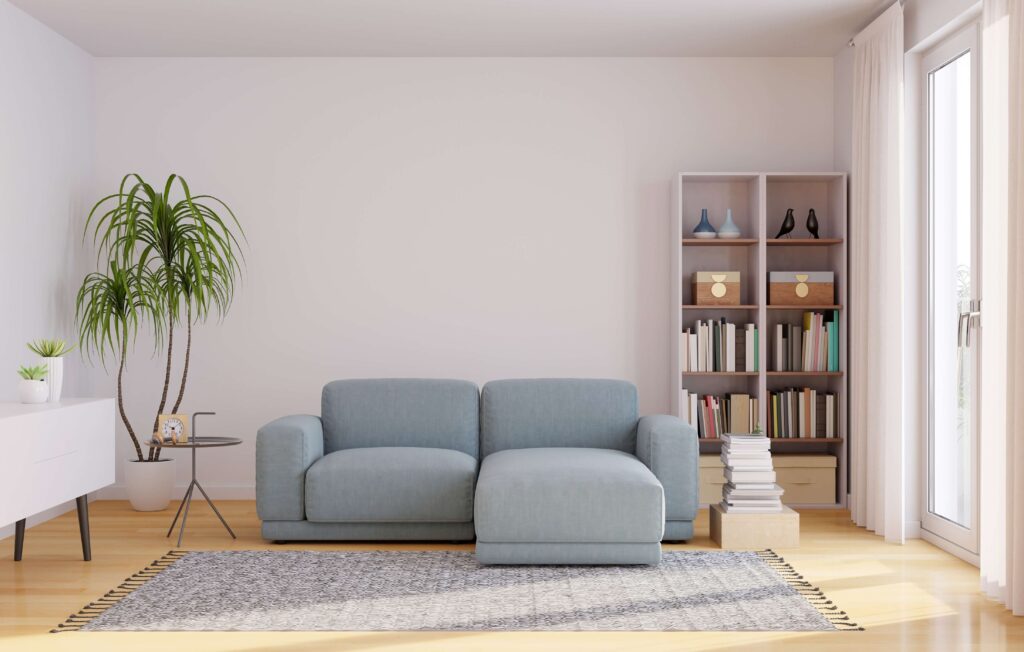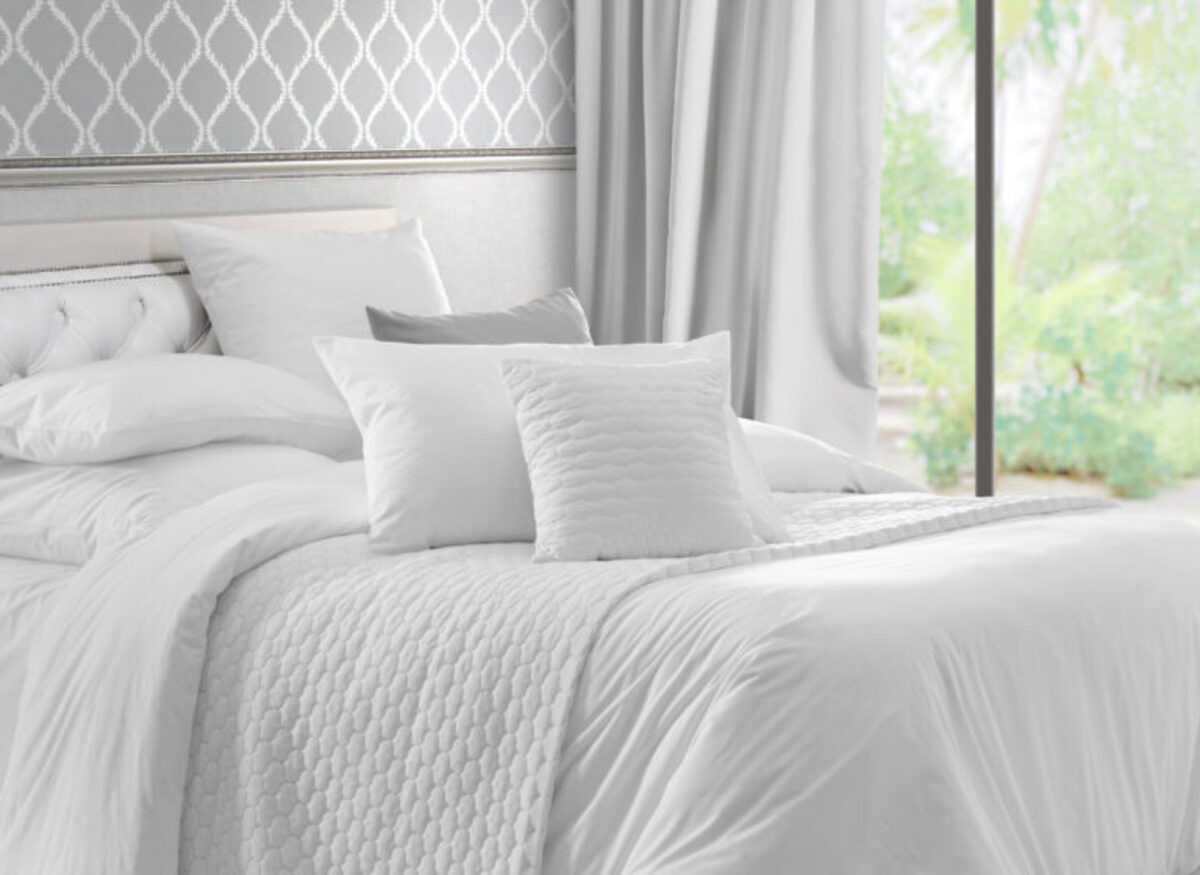You have decided to start painting on textile materials, both because you realized that you are a creative nature and you feel you can get beautiful results or because you are looking for a hobby, to help you develop new skills and, why not, to monetize.
However, aren’t you still very familiar with the steps you have to pass, the techniques you can call or materials to use? Well, then this article will be of great use for you, because it will present useful details, in order to make what you have proposed, which are the most beautiful paintings on various textile materials. Read it until the end and find out what it is!

What is textile painting
Textile painting is the painting technique on footwear and clothing, such as shirts, clothes, shirts, darkness or whatever it is made of natural fabrics, leather or synthetic. With the help of the textile paint you can decorate bags, table faces, cushions, curtains or any decorative elements that you want to give them a new look.
What are the textile colors
The colors used in textile painting are water -based paints, which resist washing, at a maximum temperature of 40 degrees Celsius, in a delicate washing cycle. Depending on the material you plan to paint, there are different types of paints, based on the characteristics of each. For example, if you want to paint on silk, you need to choose some colors that do not damage the delicacy and fluidity of the material, while for the skin, the acrylic and water -based colors will be used, which will not be detached from the material and do not break.
In addition, for the materials that have a clearer color, they will be more vibrant, usually found in different shapes, such as the colors of marker or spray, in bottles of applicator of jars or tip.
Types of fabrics that can be painted
It can be painted on any type of textile material, such as canvas, hemp, linen, cotton, silk, skin or any textile material you have at home and want to customize it. This is a common type of painting and many artists earn their existence, creating the most beautiful clothing or decorative elements for the home.
Materials necessary for textile painting
The materials you need for textile painting depends on your preferences, that is, the technique you want to call and the material you want to paint. What you need to have, however, are the brushes of the synthetic wire and it is advisable to buy a series of brushes of different sizes. In addition, a sponge is ideal, for a faster cover of larger surfaces, stamps, a model, if you are at the beginning of the road and you do not have the necessary dexterity and, last but not least, a plane.
The steps needed to create textile painting
To correctly paint the textile, it is necessary to use brushes that have a soft wire or even a sponge, to dab. So mix the colors between them, in order to obtain multiple shades you want to apply on that material. Those based on the water are fixed with the help of an iron and it is advisable to wash that material only with a detergent, without adding balm.
If you paint on the skin, the technique is also quite simple, being easy to learn, for repetition. Here, the paint is applied with a sponge or airbrush, to give a homogeneous result and to reduce the amount of paint used. After drying, a semi-won and elastic film, which resists snow, rubbing or humidity. For cleaning, a special solvent is needed or a solution containing acetone, suitable for natural and synthetic skin, but not for that.
Preparation of the textile material
After decided the type of color, the applicator and the textile material you want to paint, the material is prepared. It is recommended to be washed, without bleaching or conditioner. Subsequently, you have to place a cardboard on one side and the other of the material, to help the color remain on the side you want. To make yourself easier, you can fix the material with cardboard terminals while painting so that it does not move.
Types of work techniques
The first of the work techniques you can call is the one with stamps, which will help you create a repetitive model and everything you need to do is immerse the color stamp and apply it carefully on the material.
The second technique used in textile painting is the painting with the fingers, with which points, lines or any reason wishes, and is used, especially in the case of children, being a relaxing and fun way to spend your time with them.
Subsequently, the spray painting is also loved, which is suitable for a special design for cushions, rugs, table faces, curtains or even clothes. All you need to do is spray the color on the material, using a model, to have perfect models.
You can also use salt painting, which consists in applying the salt on the still wet painting, because the salt will take the humidity and generate a fibrous structure with the help of the crystals. The result depends on the humidity of the material and the level of granulation of the salt. If you want something discreet, use fine salt and if you want a more obvious model, use sea salt.
The penultimate technique that you can use in textile painting is the one with ideal models, especially for beginners who want a perfect, clear and defined result. The curbs and clips are ideal for helping you when you paint with this technique, but you have to be careful that the material will remain straight and will not be cute. The color can be applied with the brush or sponge.
Last but not less important, you can paint freely, creating all types of abstract models, starting by creating a side dish and thus coloring the design. You can combine the colors and obtain various shades.
Essential suggestions for textile painting
After finishing painting, you have to allow the colors to dry out very well, then step on that material or put it in the oven. If you opted for the colors that do not have a warm solution, the material can be washed and used immediately after the colors dry well.
Also, if you use an iron, make sure to set the temperature depending on the composition of the material you painted, then you have to turn it back or apply a handkerchief and a step for 2-5 minutes, without steam.
In conclusion, if you want to have favorable results to the painting on textile materials, take into consideration the information you found above and implement their respective advice. You will see that the former will not be so simple, but gradually you will get the necessary dexterity!
latest posts published

What is the brown sofa match: design suggestions

Gadget for a perfect office

Landing of the living room from a small apartment: how to use you intelligently from the existing space

Camara in the foreground – Mesoni

How to choose the most suitable rugs for your home

Committee of the kitchen: 3 styles and ideas on fashion

3 natural materials for an exceptional arrangement

Inspired wedding gifts: practical ideas and suggestions

Sleep quality: 10 habits that can influence it and how you can improve it


